1SGT Richard F. Beasley
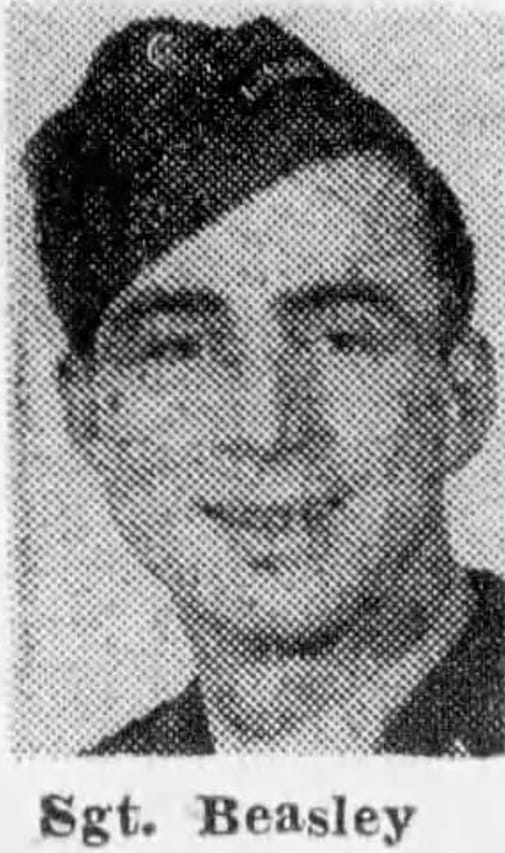
First Sergeant (1SGT) Richard Francis Beasley of Able Battery, 81st Airborne Anti-Aircraft Battalion (AAA), 101st Airborne Division, was born in Covington, Kenton County, Kentucky, to George and Mary (Uhl) Beasley on April 4, 1919. He had two sisters, Babe and Marcella, and one brother, John. John served as a sergeant with the U.S. Army in WWII.
Richard married Rose Balzano in the period before he went overseas in 1943 and their marriage was blessed with a son, who was named after his father. Richard was born in 1944 and sadly never met his father.
Richard Beasley attended Purcell High School, a school named in honor of the first Archbishop of the Archdiocese of Cincinnati, John Baptist Purcell.
After his graduation, he went to work at the local facility of the Heinz Company. After hoisting, tossing, and shoving big boxes around all day, he would hurry a few blocks around to a local boxing school and train his punches on improvised light and heavy bags, as well as working on building bigger muscles. In the early forties, Richard Beasley was a well-known local light-weight boxer in Cincinnati with a great left-hand. He won many of his four to six-round matches and carried the nickname “The Kid.”
Richard enlisted in the U.S. Army at Fort Thomas Newport, Kentucky, on April 1, 1942. He would be assigned to the 81st AAA, a unit that was activated a couple of months later at Camp Claiborne, Louisiana, on September 4, 1942.
After his stateside training, he left the United States when the H.M.S. Samaria pulled away from a New York Harbor pier at 10:15 am on Sunday, September 5, 1943. The ship arrived in Liverpool, England, on September 15th.
The 81st AAA would continue its training on the British Island until it was sent across the English Channel to participate in the D-Day invasion of Normandy.
While Able Battery and Baker Battery would be part of the airborne operation, the main force of the 81st landed at Utah beach with the seaborne elements, with HQ Battery and the Medical Detachment landing at Omaha Beach.
Able Battery and Baker Battery would leave their home station at Basildon Park for the marshaling area at Aldermaston Airfield on May 17, 1944. Initially the plan was for them to use British Horsa Gliders, but those plans were changed on the brink of D-Day on June 4, when the batteries were reassigned to CG4A Waco gliders. It was probably a relief to many of the men, as can be seen in these words of CPT Thomas P. Moran, the Able Battery commander.
“In spite of the additional work in preparing for the CG4As, I felt relieved that we were not using the Horsas. I had little faith in these gliders. It had twice the cargo capacity but was constructed of wood. My only training ride in a Horsa had resulted in a crash landing with the glider splitting in two. I can only shudder when I think what would have happened to those gliders landing at night in the [Normandy] hedgerows, high trees, and Rommel’s asparagus.”
1SGT Beasley was on the same glider with CPT Moran on D-Day. The lead C-47 and glider from their serial took off from Aldermaston Airfield at 1:29 a.m. on June 6, 1944. CPT Moran then described their arrival in Normandy.
“My glider contained a 1/4 -ton truck with radio equipment. The driver, CPL King, and I sat in the front seats of the jeep. My 1SGT, Richard Beasley, sat in the ‘jump’ seat behind the jeep. [Upon reaching Normandy, at the assumed LZ] we circled twice before the pilot indicated he had found a place to land. It was a wide clear expanse and we believed we had found the LZ. As the glider neared the surface, I was aware of a swishing sound and then an abrupt stop at 80 miles per hour.
All personnel were knocked unconscious. I remember coming to and heard several small arms bullets hitting the glider. I struggled out of the emergency door and stepped down. I sank up to my neck in water and, luckily, grabbed the glider sleigh and hauled my way up. I crawled along the sleigh and reached solid ground. We had coasted over the area flooded by the Germans. The glider had impaled itself on the side bank or levee.
By this time, all personnel had come to and crawled along the sleigh to solid ground. 1SGT Beasley, prior to landing, had cradled his weapon in his arms and knees. We never did find his weapon or helmet. […] 1SGT Beasley and the glider pilots proceeded north. […] [He] returned with the information that we had landed two miles south of the Landing Zone.”
1SGT Beasley would return to England unscathed from the battles in Normandy on the morning of July 11, 1944. He enjoyed a seven day furlough before the training of a new operation was given to the men of the 81st AAA.
On September 19th, the glider echelon, consisting of 81 gliders, left England to join the other elements of the division who jumped into the Netherlands for Market Garden two days before.
Due to the bad weather, seven gliders made forced landings in The English Channel, two others crashed in Belgium, and twelve others were forced to land in Belgium instead of the Netherlands. Two other gliders were lost and remained unreported, while another eleven aircraft returned to England. The remaining 47 gliders who reached the landing zone were greeted by the Germans with heavy flak and small arms fire. The seaborne elements consisting of Dog, Easy, and Fox Battery arrived in the Netherlands on September 22, 1944.
1SGT Beasley would receive his first Purple Heart when he was wounded in the Netherlands.
Following Market Garden, some men of the 81st AAA said the toughest fighting of the war was when they were in combat in the Netherlands, but that was before they fought the Germans at Bastogne!
On the morning of December 19, 1944, the men from the 81st arrived by truck in Bastogne, having traveled from Mourmelon, France.
1SGT Beasley’s Able Battery was attached to the 506th PIR and assigned to the Anti-Aircraft defense of the area. However, in many of the engagements with the enemy, the batteries of the 81st AAA played a ground defensive role. Despite this change, the anti-tank part of their battalion was greatly praised for their destruction against the enemy armor.
Unfortunately it was during one of these engagements with an enemy tank that 1SGT Beasley would be KIA, posthumously earning him a second Purple Heart for his combat actions.
On December 21, 1944, in the vicinity of Foy, Belgium, the enemy launched a determined attack on the positions of his unit with infantry supported by tanks. Poor visibility necessitated the movement of his anti-tank gun from its entrenched position to an exposed location thereby providing a better field of fire. Disregarding the danger of enemy fire which completely raked the area, First Sergeant Beasley remained at this position acting as server and observer for the gun. Exhibiting outstanding courage and coolness in the face of intense enemy fire, he assisted in destroying the enemy tank. When an enemy shell exploded near his position, 1SGT Richard Beasley was mortally wounded.
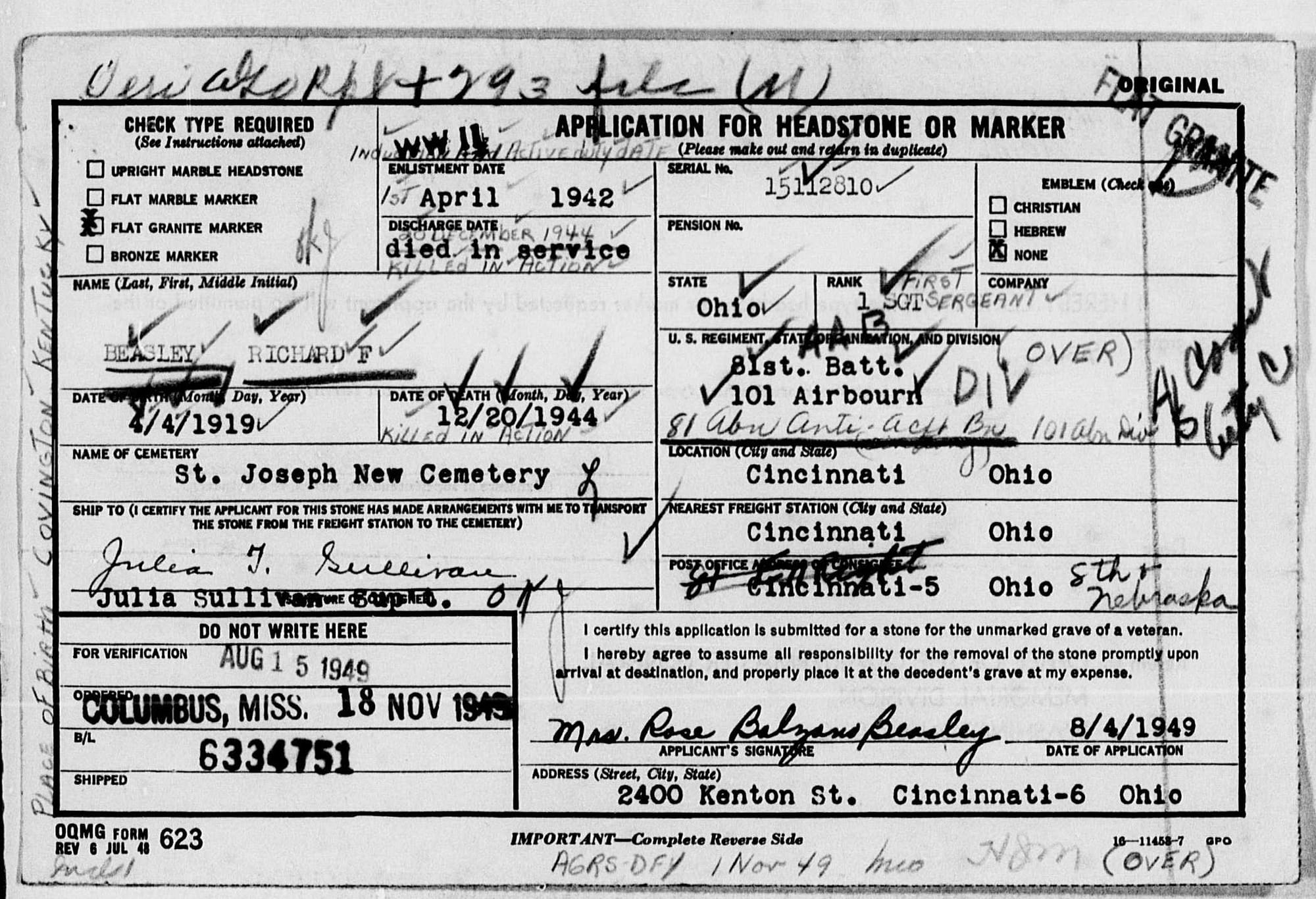
Another Screaming Eagle had soared to the ultimate height. 🦅
Besides his Purple Heart Medals, 1SGT Beasley was also posthumously awarded a Silver Star Medal for his bravery on December 21, 1944. That medal would be presented to his wife in a ceremony at Fort Hayes in Columbus, Ohio, less than a year later, in November of 1945.
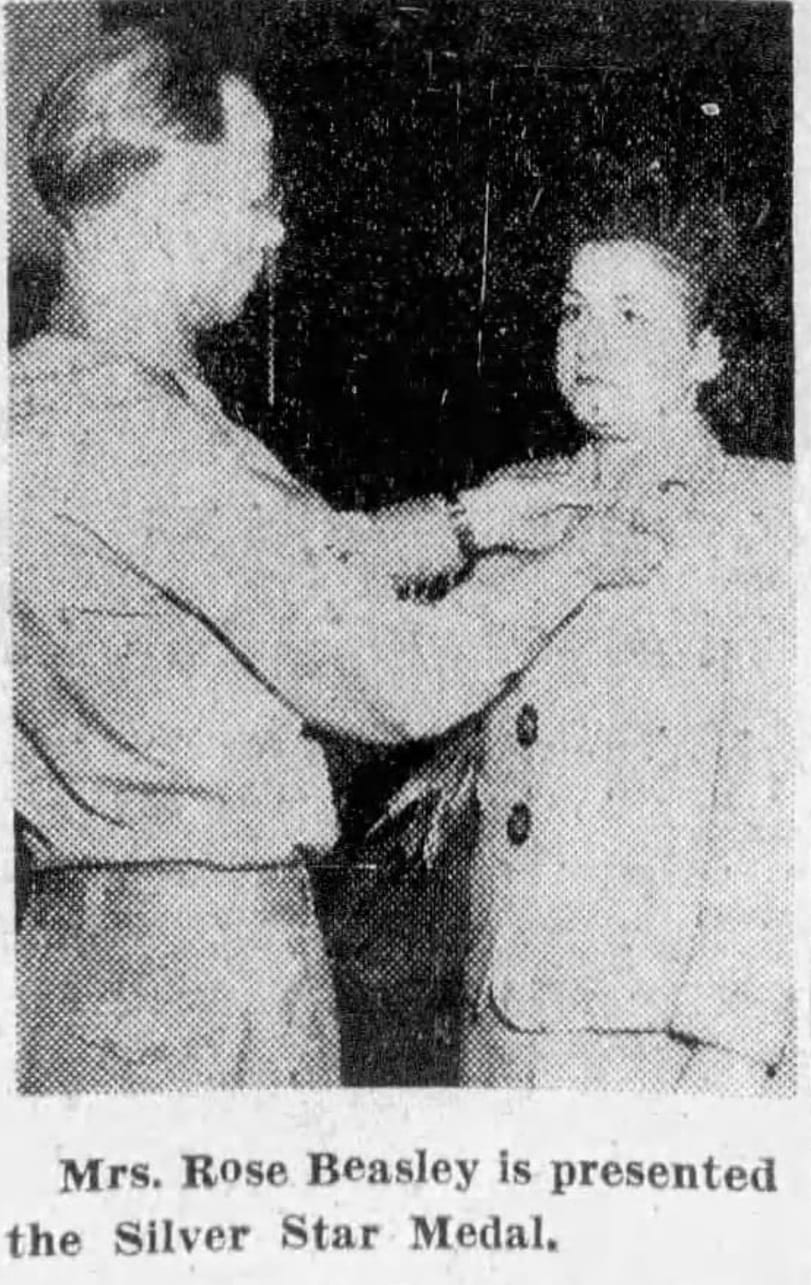
1SGT Richard F. Beasley was first buried in Europe and would be reburied at Saint Joseph New Cemetery located in Cincinnati, Ohio, on Thursday, July 28, 1949. May he rest in peace.
Happy 105th Birthday in Heaven, Richard.
Lest we forget! 🇺🇸
Sources
- Find a Grave, Richard F. Beasley
- Purcell Marian High School
- The Cincinnati Enquirer, Saturday, March 29, 1941
- The Cincinnati Post, Monday, November 5, 1945
- The Cincinnati Enquirer, Tuesday, July 26, 1949
- George Koskimaki files of the 81st AAA
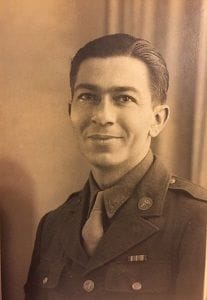
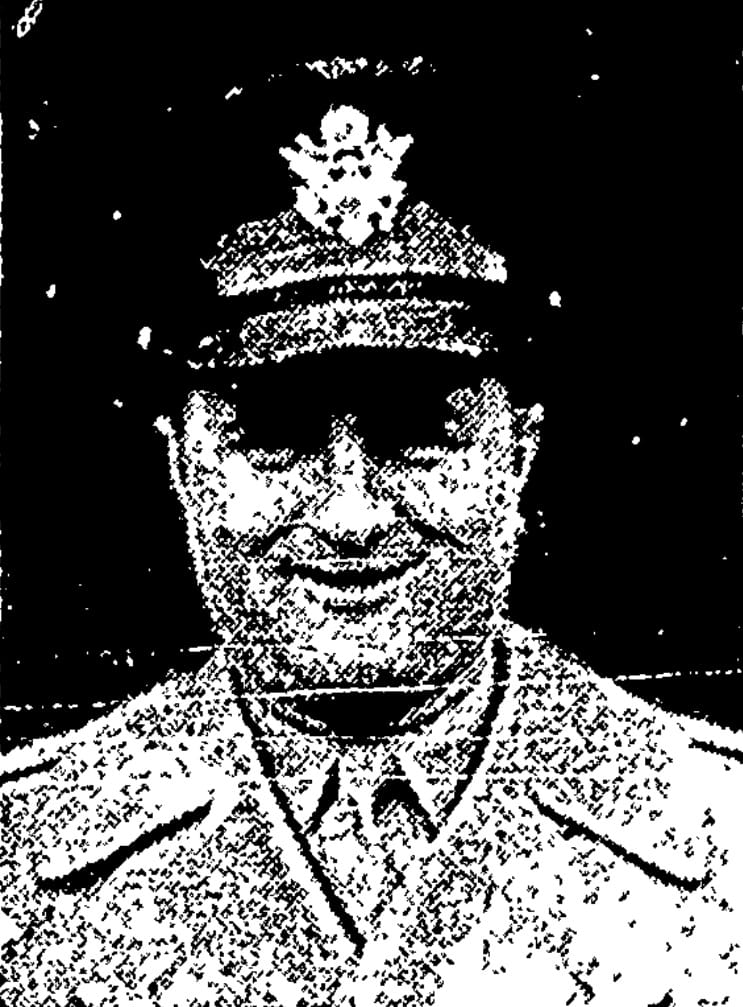
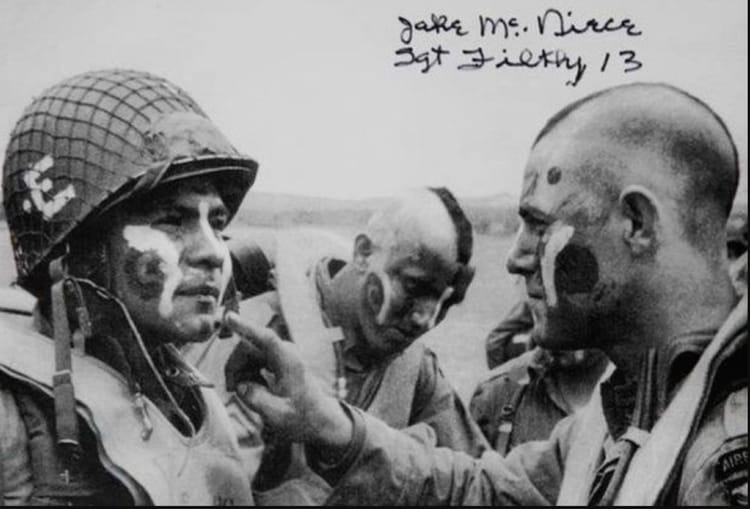
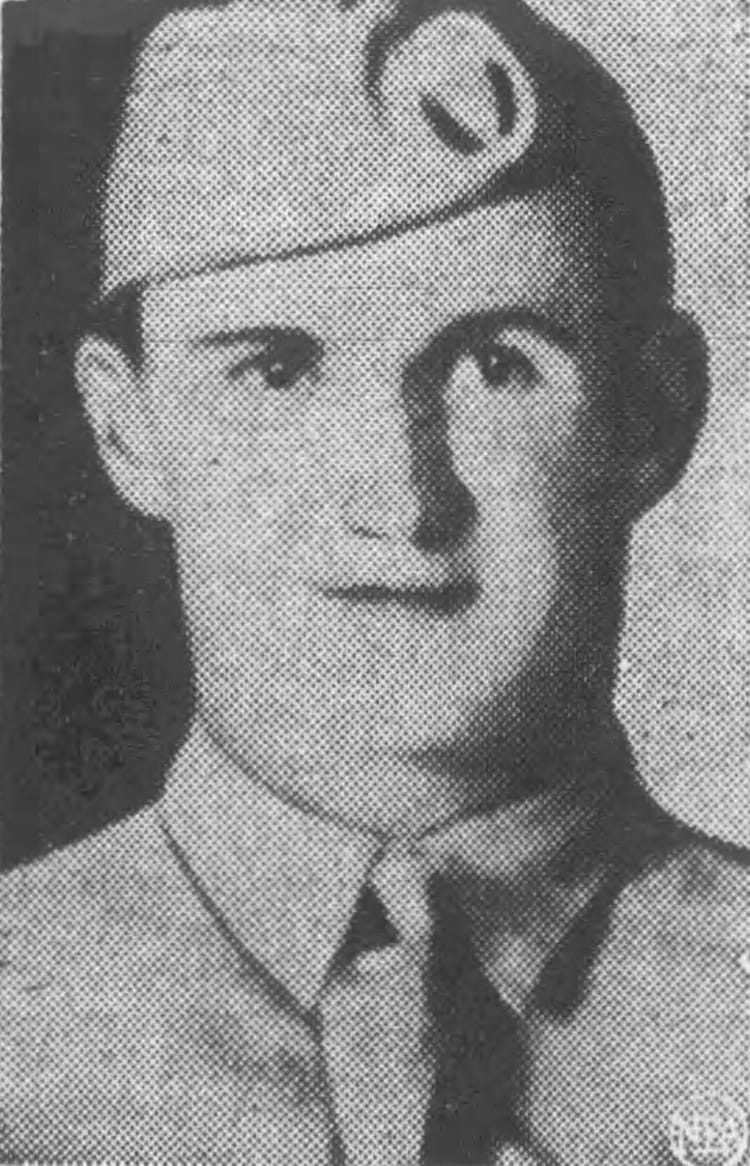
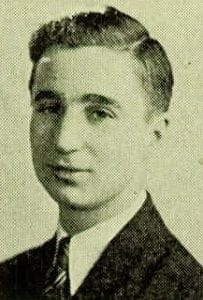
Member discussion